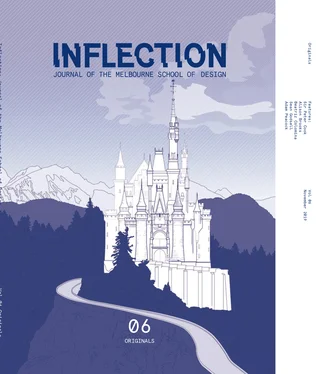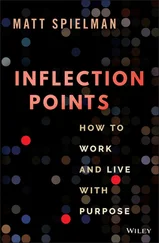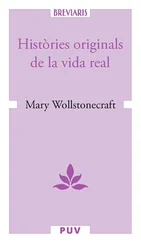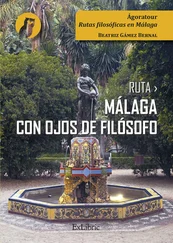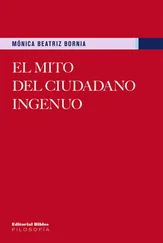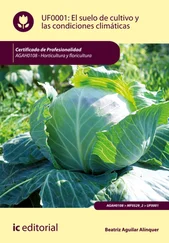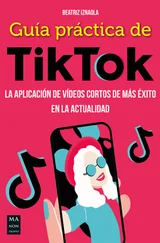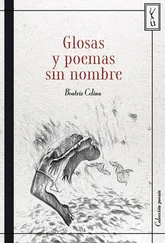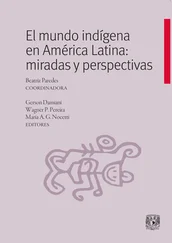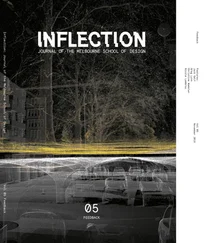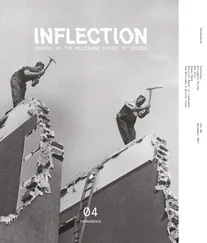If architecture is composed of more than merely physical elements, original theoretical sources are essential to architectural production. In X-Ray Architecture , Beatriz Colomina reframes Modernism through the lens of illness. 3
In conversation with Inflection editors, Colomina discusses the importance of interrogating original sources rather than accepting conventional readings.
In our global society, technology has inevitably unhinged architecture from its context. Architectural imagery is disseminated with ease online and through print media. Sean Godsell is wary of an increasing homogeneity in architecture and describes instead an architecture that is sensitive to the history and landscape of Australia. While he acknowledges the importance of references and sources, he also warns of the dangers of referencing types and forms that bear no relevance to their context.
Mixed Reality technology offers the possibility of an entirely immersive type of copying as virtual worlds and visualisations are created. In Dominic On’s piece, ‘A Point Cloud Darkly,’ we are introduced to a speculative future where the image and experience of Hong Kong is heavily augmented through digital technology. While the digital landscape may be used as an apparatus of repression, On also offers the optimistic prospect of resistance through community-led construction of alternative virtual spaces.
As we shape our public space through Mixed Reality technology, we also shape our bodies and personal identities. Adam Peacock’s work elucidates that technology is changing our culture without critical intention. As we manipulate our self-image through digital technology, physical manipulation through medical and genetic intervention is becoming ever more accessible. Rather than letting the possibilities of technology shape our cultural dialogue, Peacock uses speculative design to critique and hopefully shape our social future. In contrast to speculative futures, current architecture and design is saturated with reproduction, copying and referencing. To look back is unavoidable, but it must be undertaken with care. Lachlan Welsh’s piece, ‘HyperStyle,’ critiques ‘paper-thin’ stylistic referencing and endorses a more critical reading of the past.
By nature, architectural publications can only describe architecture in a two-dimensional manner. By creating images of buildings, vast swaths of the information held by three-dimensional lived and experienced objects are inevitably lost. The cover of vol. 6 expresses this conflict by depicting a well-known image—the fantasy castle. This type of castle is an embodiment of simulacrum, perpetuated by constant retelling in culture. The silhouette of a Disney castle is modified with architectural references, transposed onto a partially fictionalised Germanic landscape, in reference to Neuschwanstein Castle and the landscape of fairytale. The content of Inflection vol. 6 reveals that architecture and design is unavoidably entrenched in context. Through critical engagement with notions of originality, architects and designers can begin to produce work that is distinct, intelligent and provocative.
01Walter Benjamin, “The Work of Art in the Age of Mechanical Reproduction,” in Illuminations: Essays and Reflections, ed. Hannah Arendt, trans. Harry Zohn (New York: Schocken, 1969.)
02Jean Baudrillard, Simulacra and Simulation, trans. S. F. Glaser (Ann Arbor: The University of Michigan Press, 1994).
03Beatriz Colomina, X-Ray Architecture (Zürich: Lars Müller Publishers, 2019).
THE REAL DEAL
REPLICATING AN AUTHENTIC DAY IN DENMARK
Deniz Balik Lokce
Located on top of large rocks at Langelinie, a pier in Copenhagen Harbor, sits the bronze Little Mermaid Statue, cast by the Danish sculptor Edvard Eriksen in 1913. As a unique work of art, it became a national symbol of Denmark and one of the most significant and photographed landmarks in the city. At the same time, it has received extensive media coverage due to frequent vandalism since the early 1960s. Its status as an icon makes it a continuous target, having been covered with a variety of colourful paints, decapitated thrice, her body damaged and her arm cut off once. For Jorgen Nash, the artist who claims to have decapitated the statue in 1964, these events of vandalism show that the Little Mermaid statue has broken with tradition and entered a new era for modern and industrialised culture. 1
After every attempt to damage the sculpture, its surface has been restored. While destroyed parts have been recast from the original plaster mould, damaged ones have been re-attached to the body. Chemical or physical analysis could reveal which parts of the statue were recast after the completion of the original, which was cast in one piece. Cultural critic Walter Benjamin noted that the uniqueness of a work of art is derived from its authenticity. This becomes problematic for the fragmented body of the Little Mermaid statue, as it is no longer the single piece of material that Eriksen cast in 1913.
The history of the statue is a starting point to probe the borders of original and copy. It serves to spotlight Benjamin’s concept of aura and to explore the limits of hyperreal spatial experiences and atmospheres produced through this dialectic, drawing from the theories of Jean Baudrillard and Umberto Eco. Exploring two collaborative projects by Bjarke Ingels Group (BIG), namely the Danish Pavilion and the Superkilen Urban Park, it becomes evident that BIG uses ‘copy and paste’ as a design manoeuvre to produce replicas that offer more than the original object itself.
According to Benjamin, the quality of aura is deeply rooted in a traditional work of art. Defined as a unique atmosphere of contemplation, Benjamin grasps aura as an intangible distance between a spectator and a gazed object. The earliest artworks were created for ritualistic and religious praxis, produced as ceremonial objects. With advanced mechanical reproduction, the work of art sheds its ceremonial value and instead achieves exhibition value. It becomes reproducible, leading to the loss of its uniqueness and authenticity, or the “decay of the aura.” 2
Philosopher Jean Baudrillard’s concept of aura shifts, as he notes that aura has survived the Industrial Revolution by being reinvented within the context of pure visuality, commodity, and superficiality over meaning, value, and content. 3 This paradigm shift in the concept of aura traces the cultural move from exhibition value to communicative value, from contemplation and self-reflection to spectacle, fame, and advertising. In the seminal work, Simulacra and Simulation , Baudrillard explores his ideas on copy, simulation, and hyperreality. According to Baudrillard, a simulacrum is an image that simulates reality and is classified into three orders as counterfeit, production, and simulation.
The first order, counterfeit, is based on the image as a copy and obvious theatrical illusion; the image is distinguishable as a counterfeit when compared to the authentic version. The second order, production, is materialised by mass-production, blurring the boundaries of reality and representation with a well-made mechanical reproduction. The first two orders operate at the level of form, rather than relations and structures, and value the success of the replica by comparing it to the original. The third order, simulation, replaces the authentic with an indistinguishable representation termed ‘hyperreality.’ 4 Links to the original source are no longer drawn. Like Baudrillard, Umberto Eco questions the previously-well-defined borders of the original and the copy. For Eco, the objective of hyperreal reproductions is to provide people with satisfaction, ensuring they do not feel the need to acquire the original. Hyperreality, or the “absolute fake,” take place of the original and becomes its substitute. 5
Читать дальше
